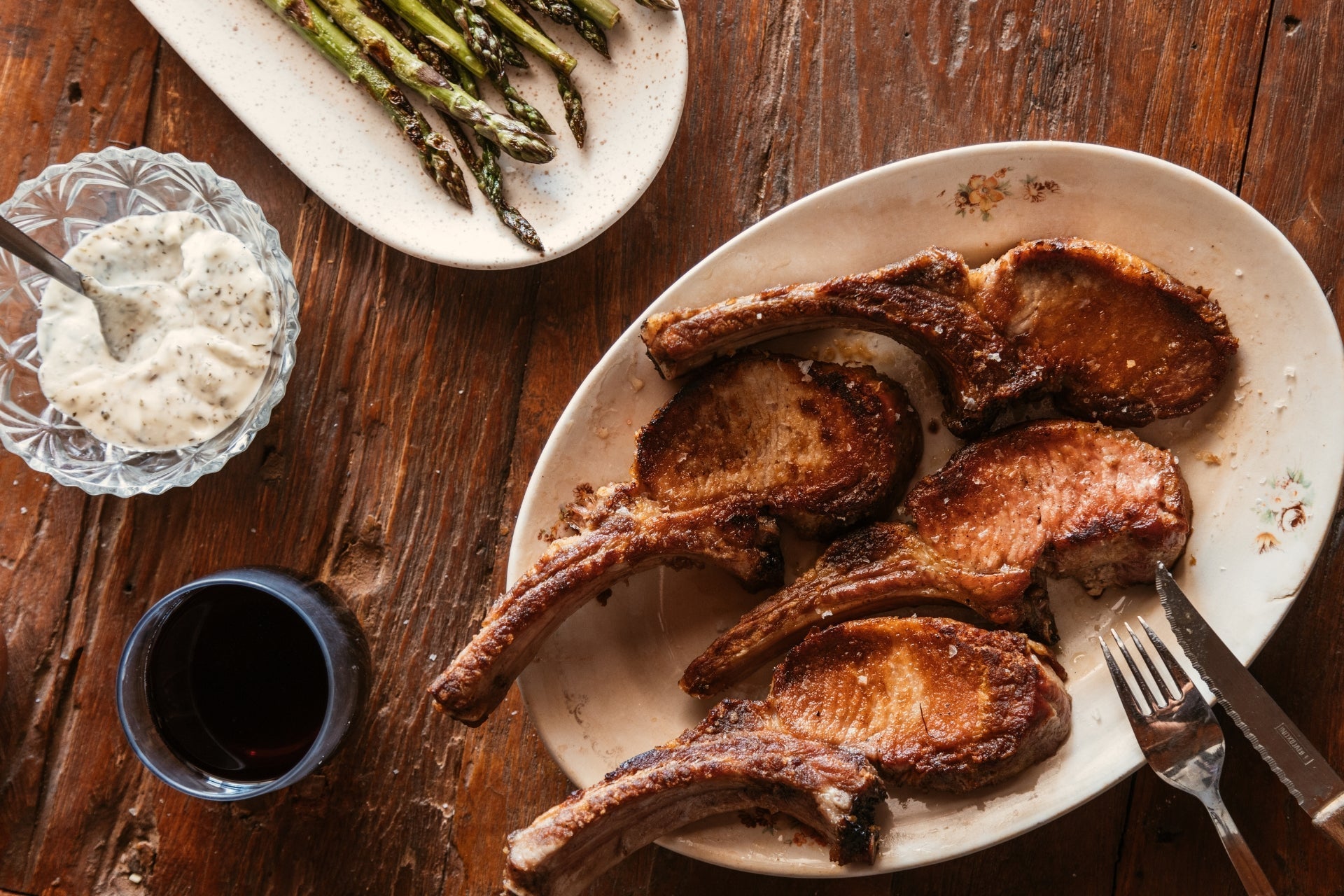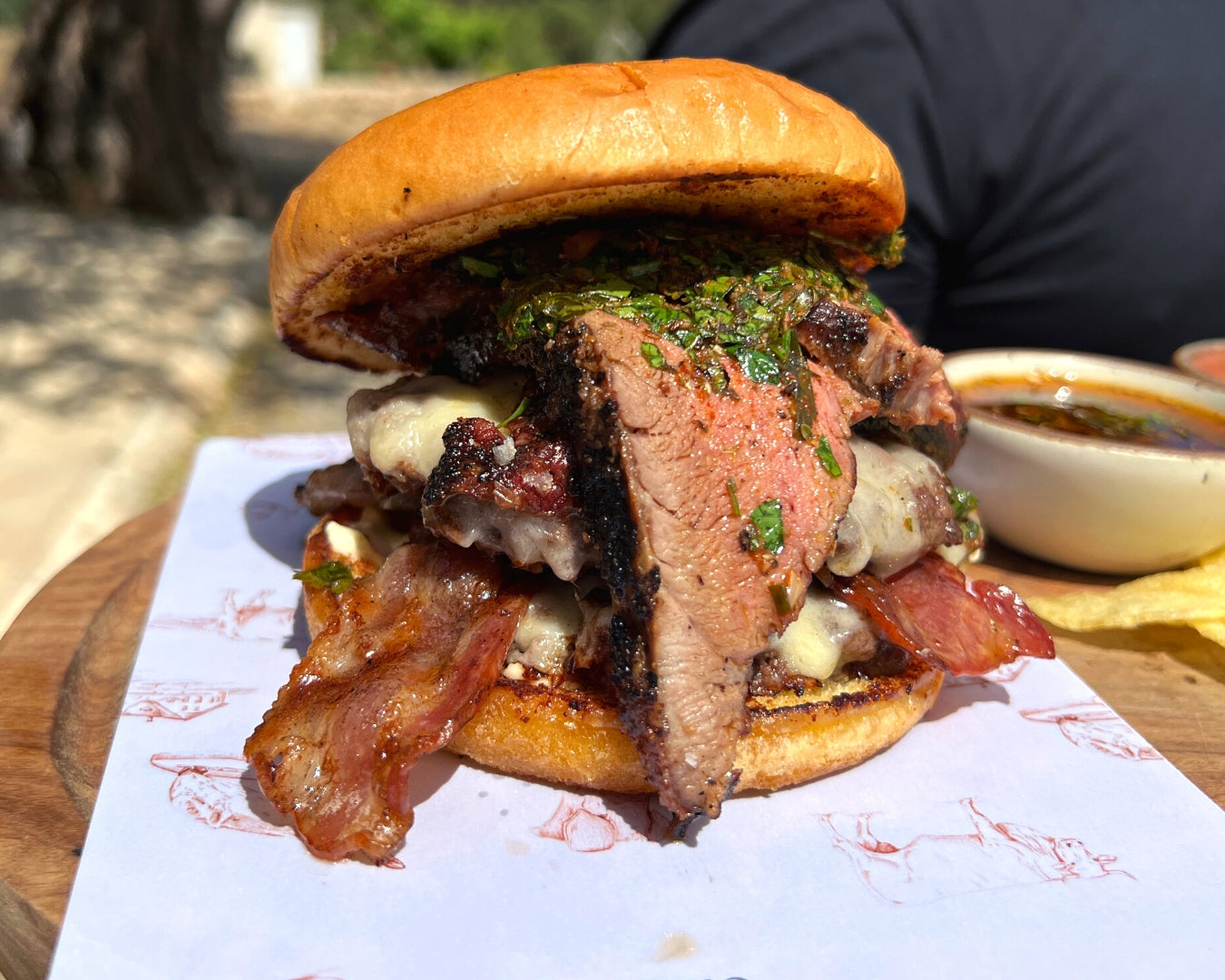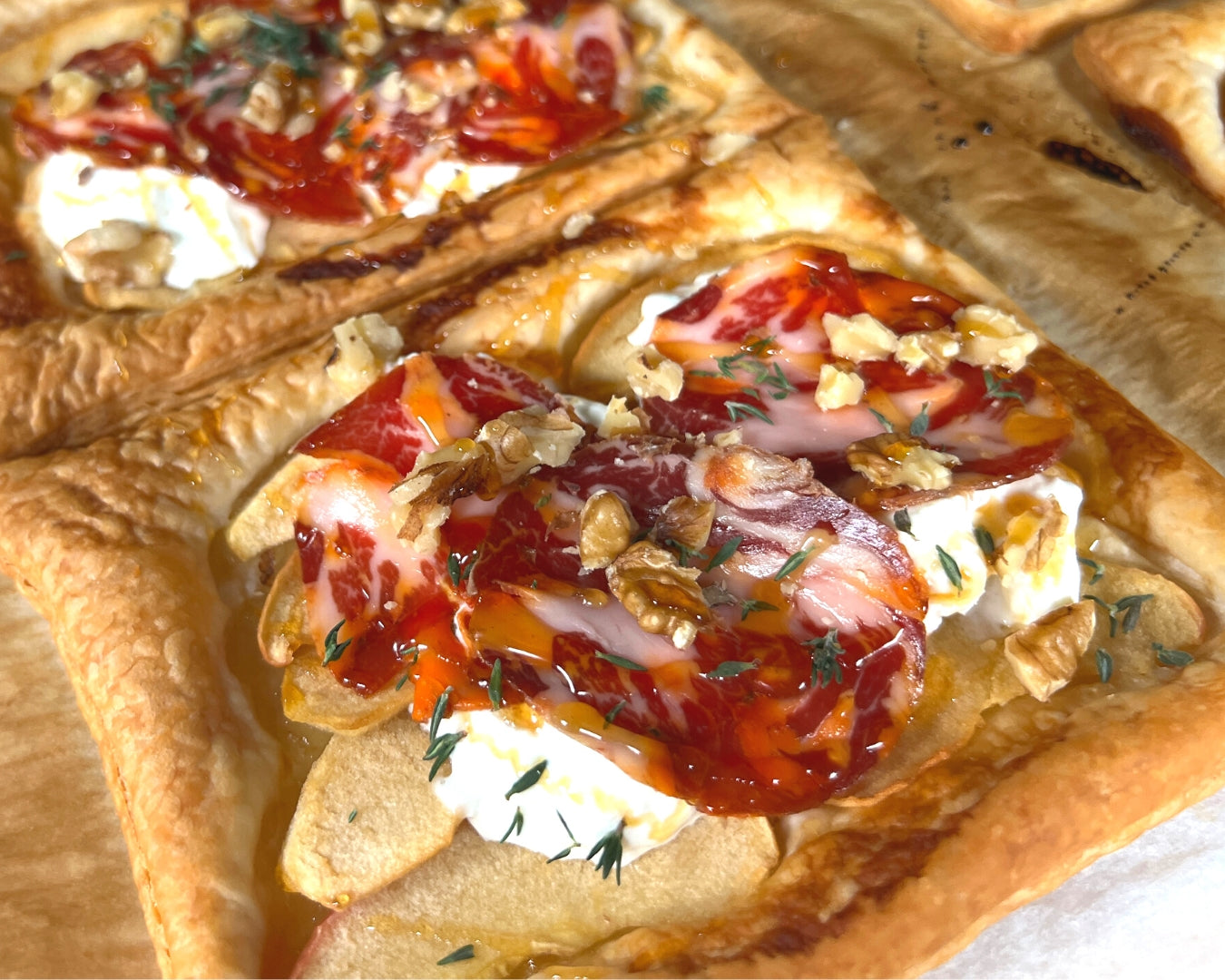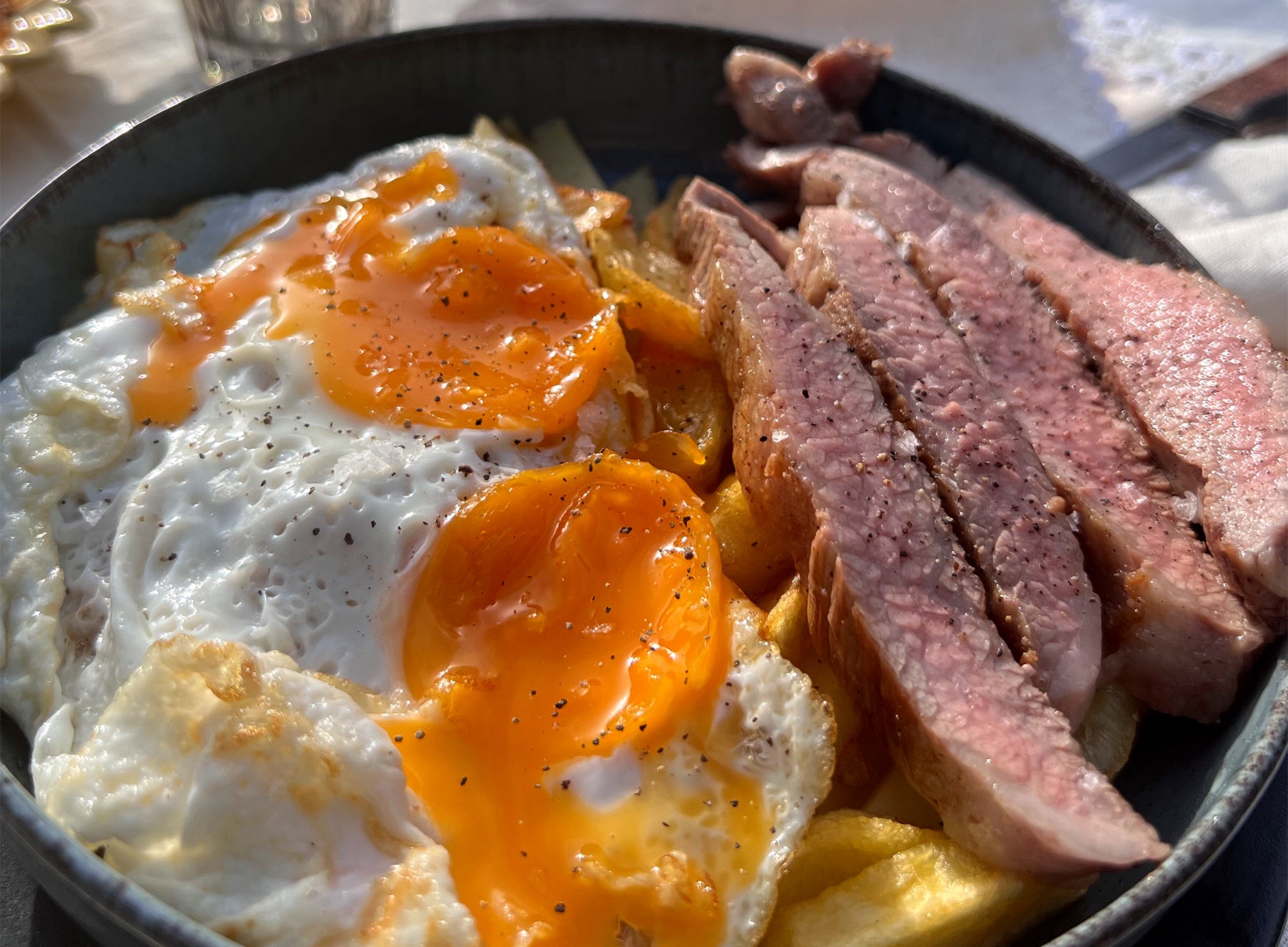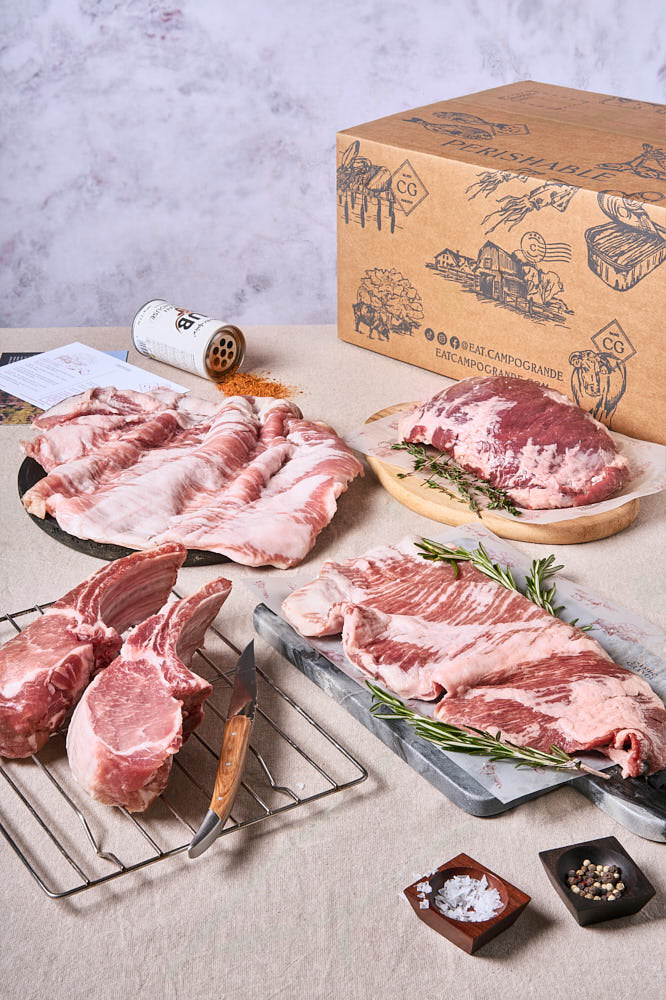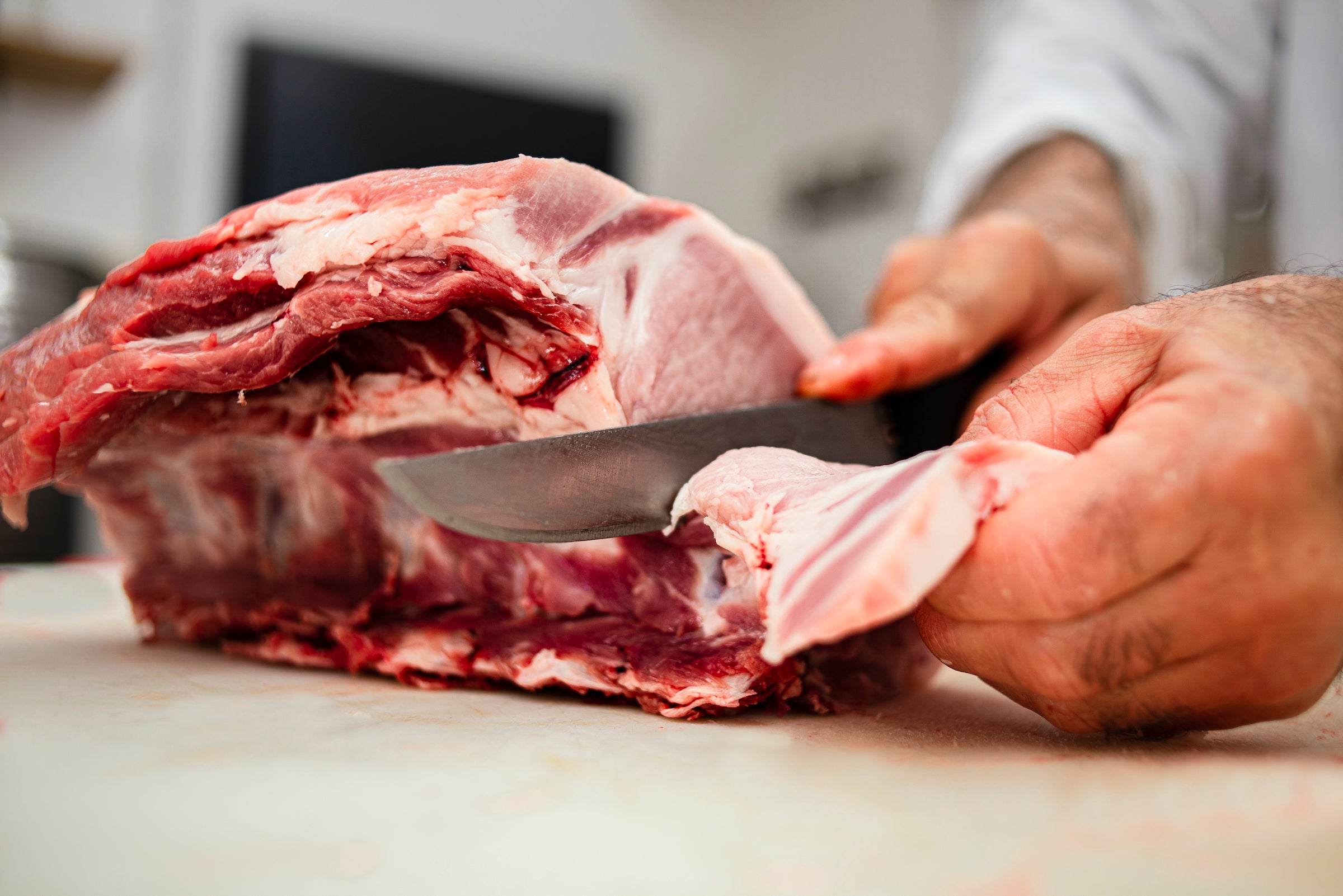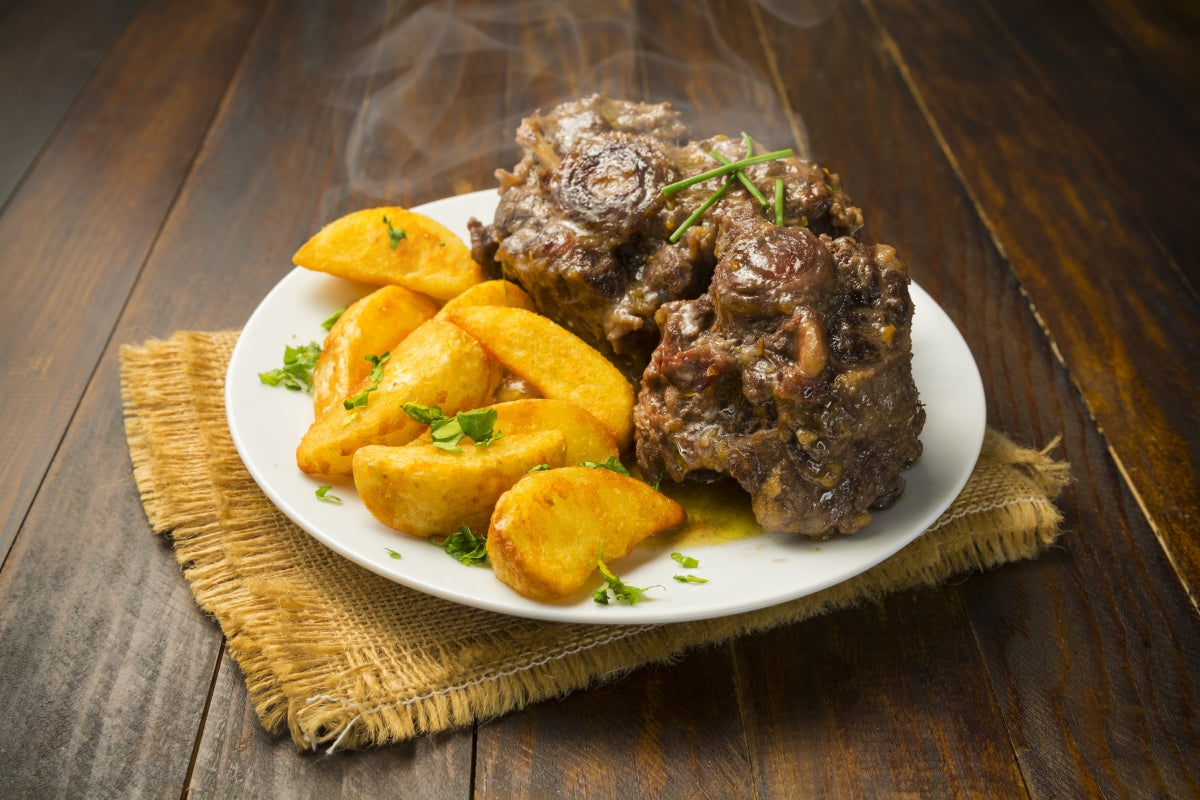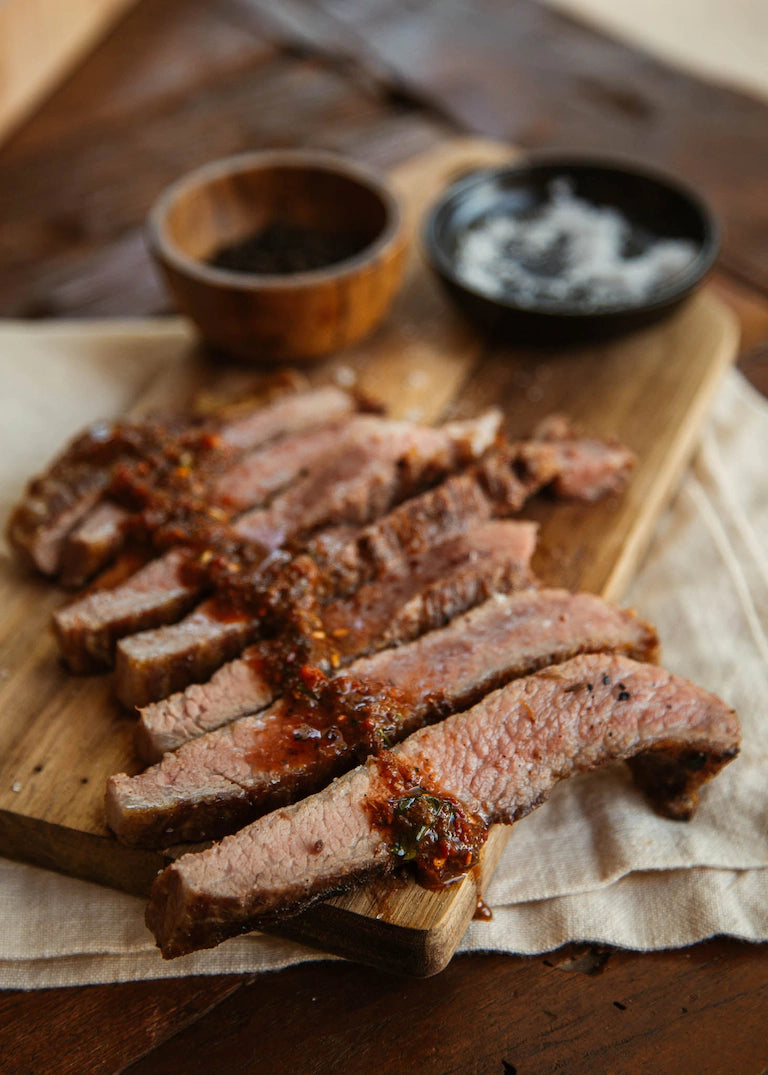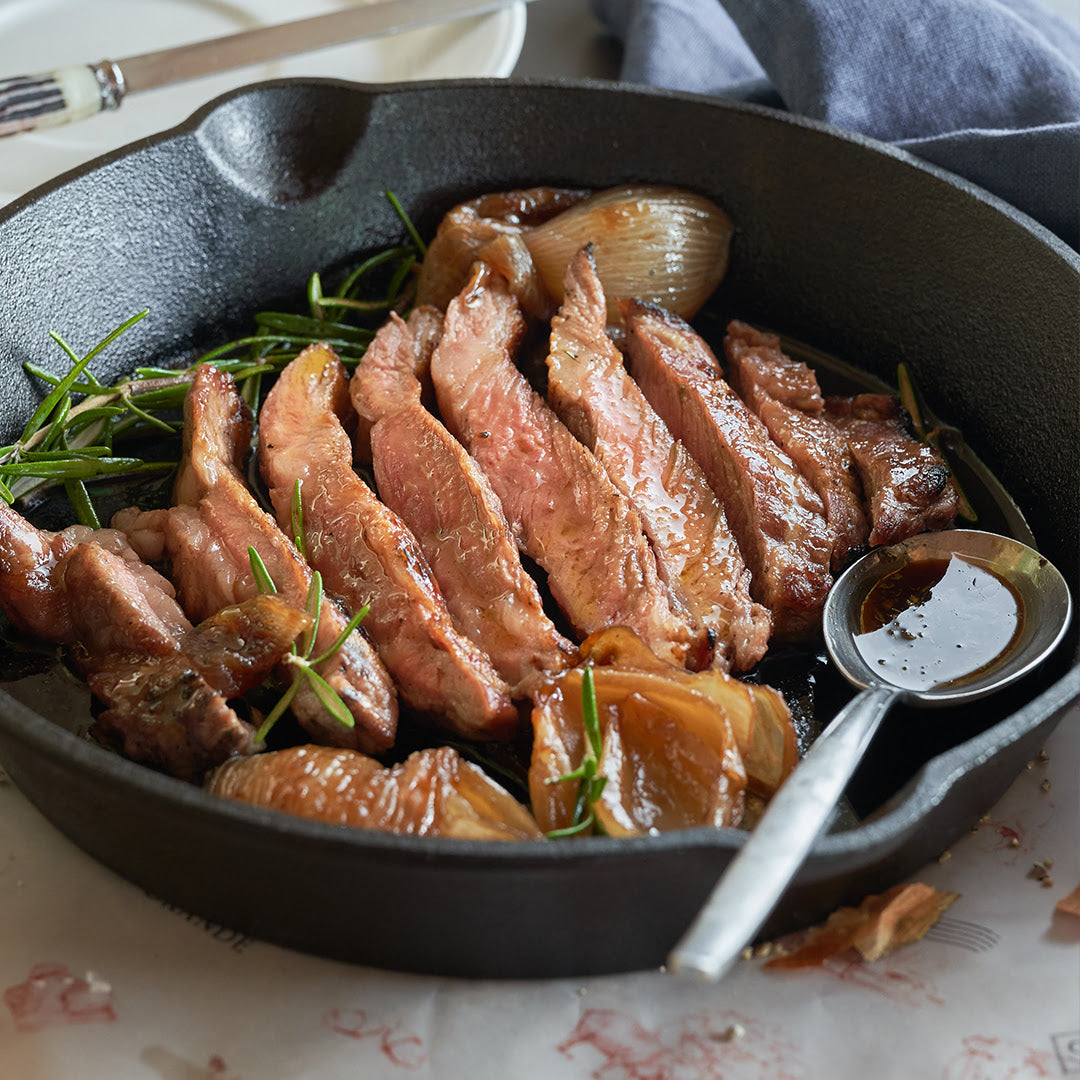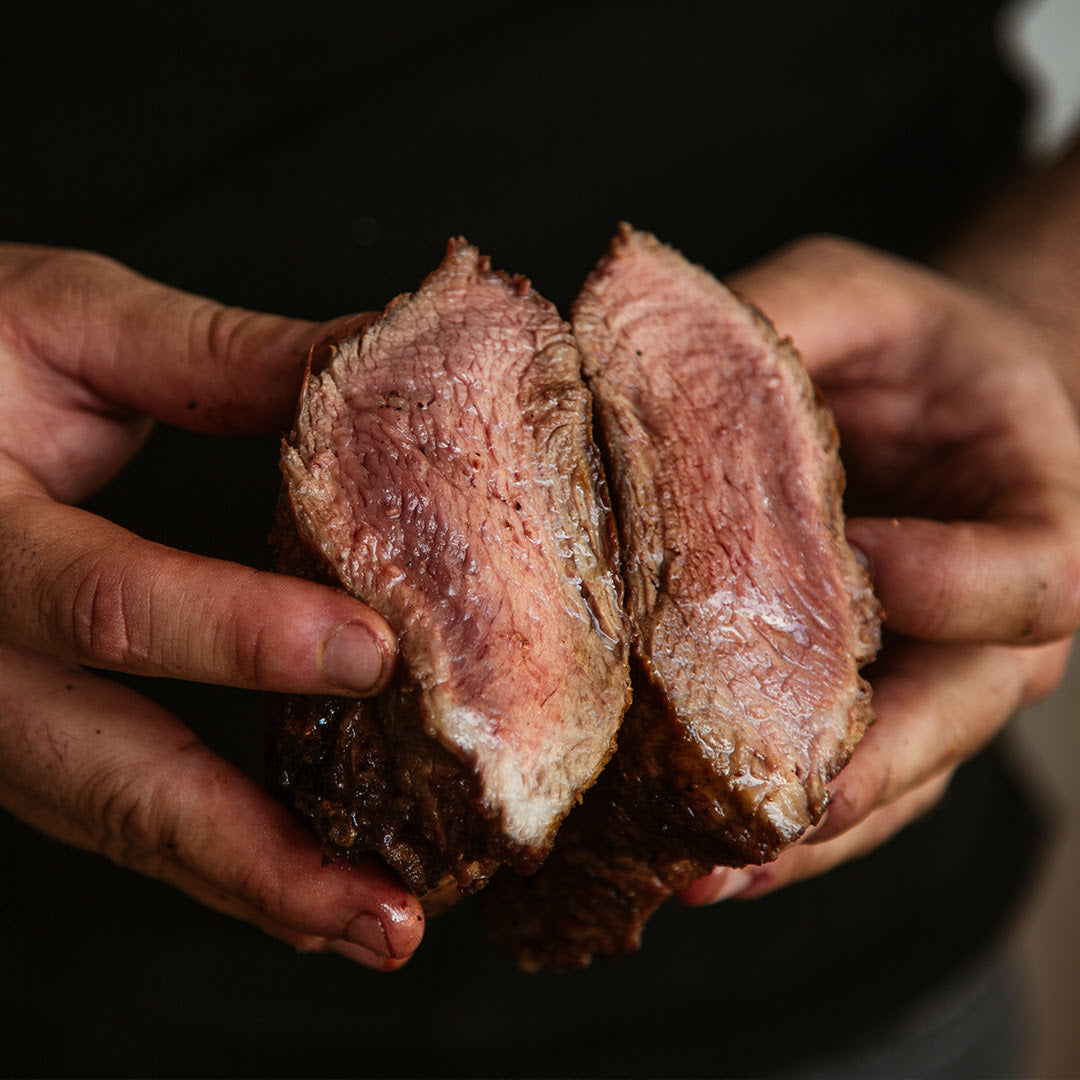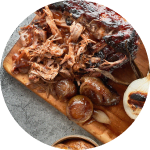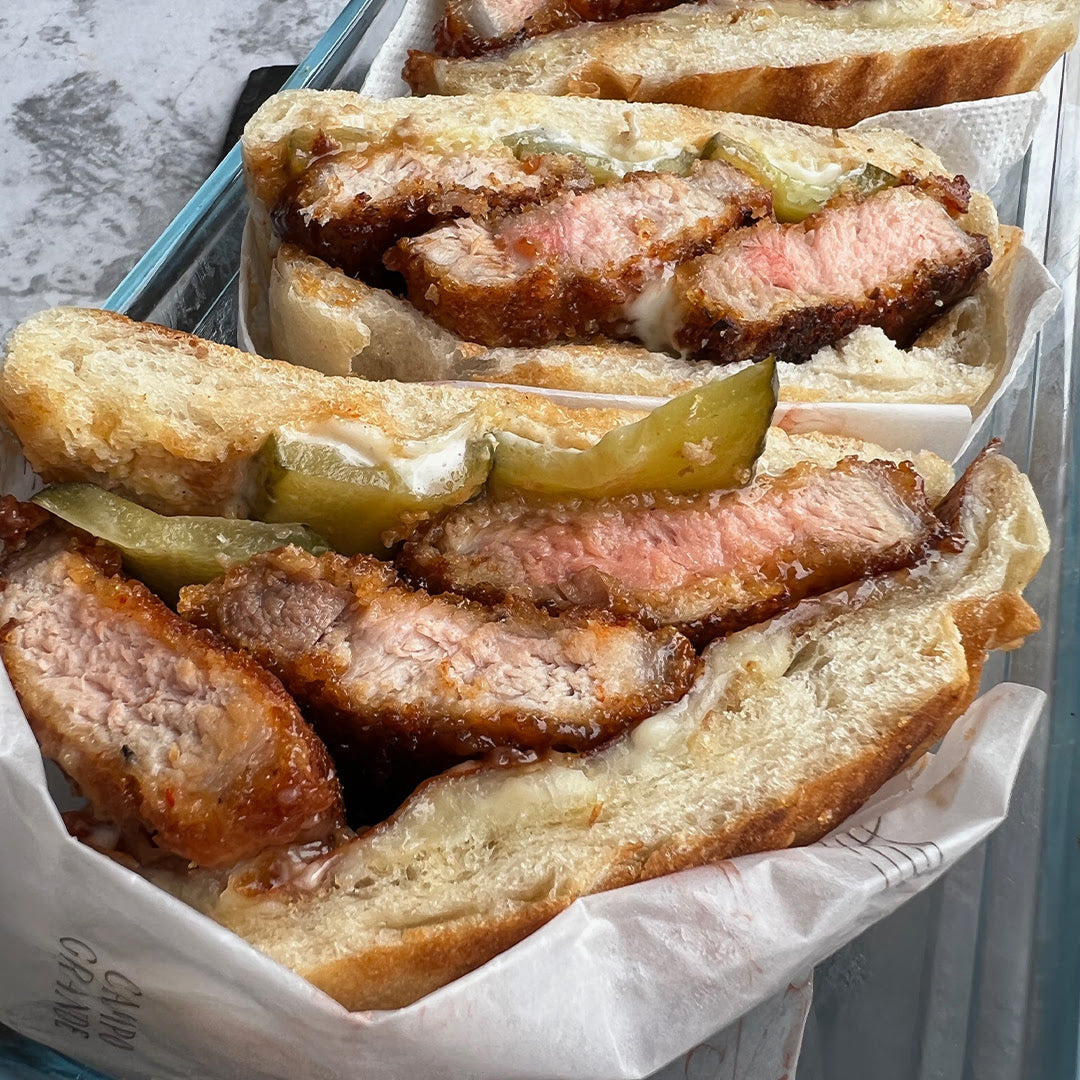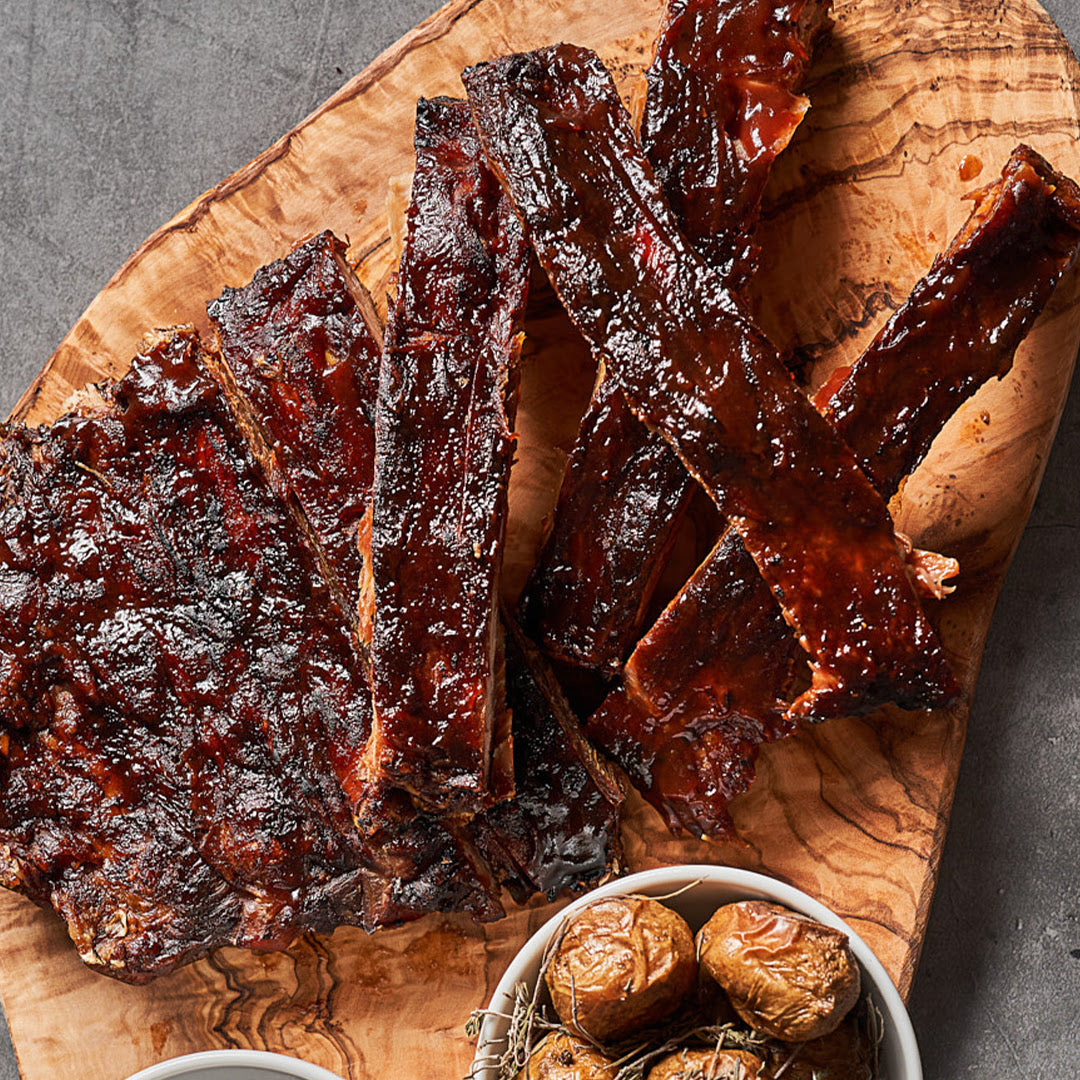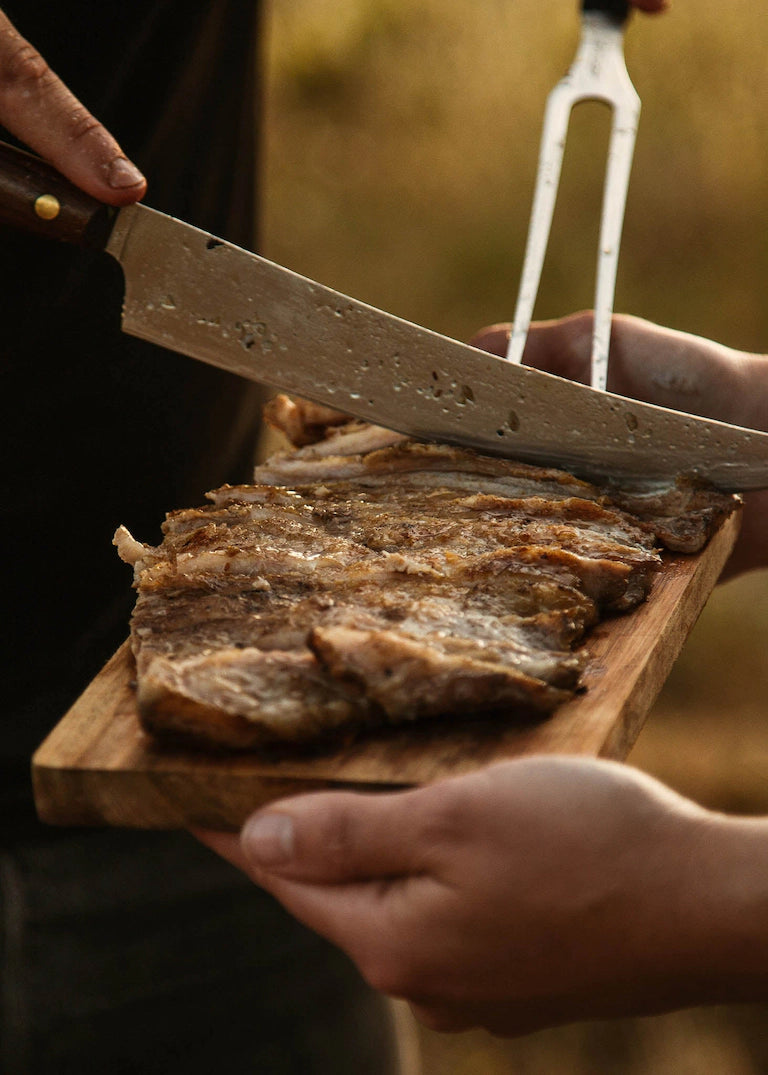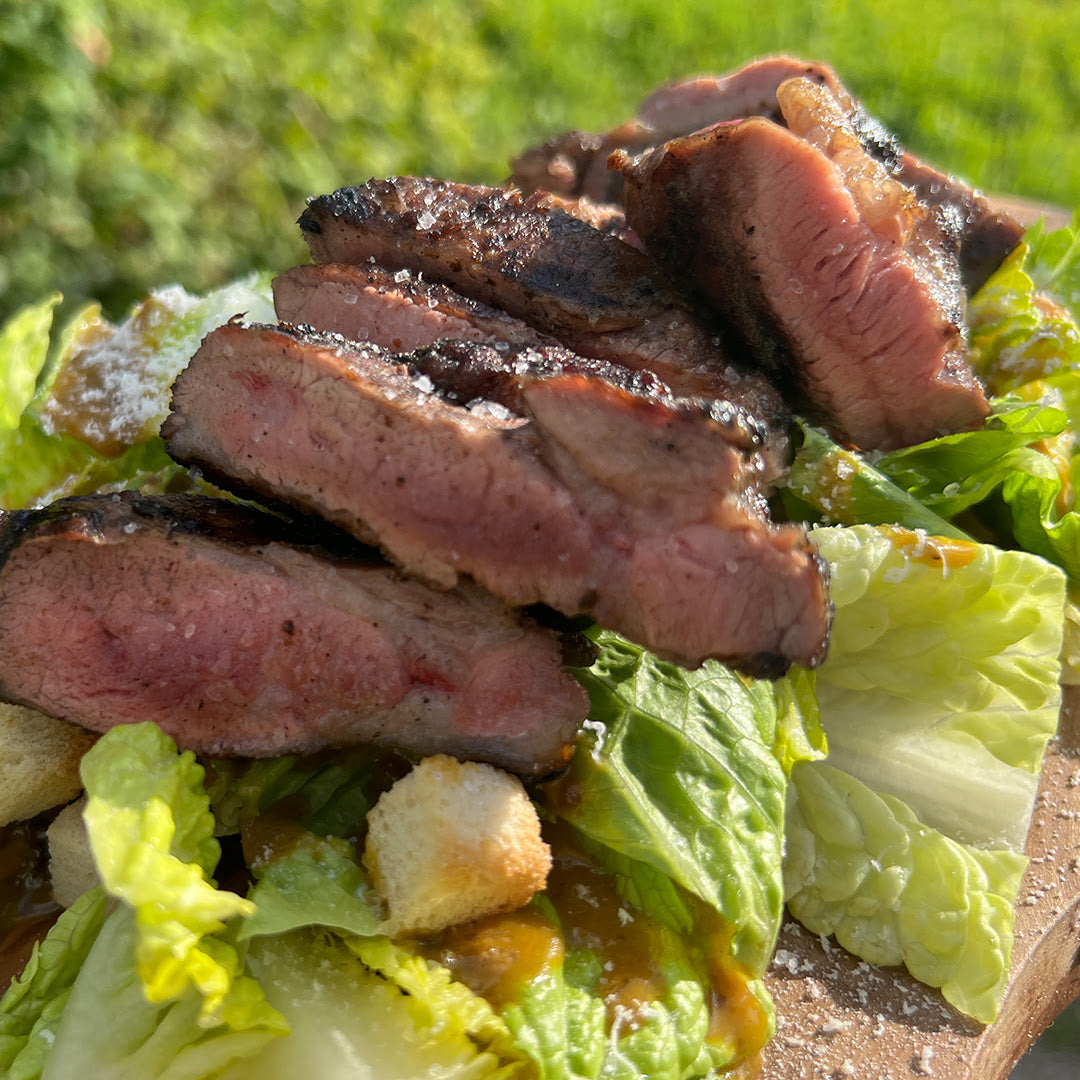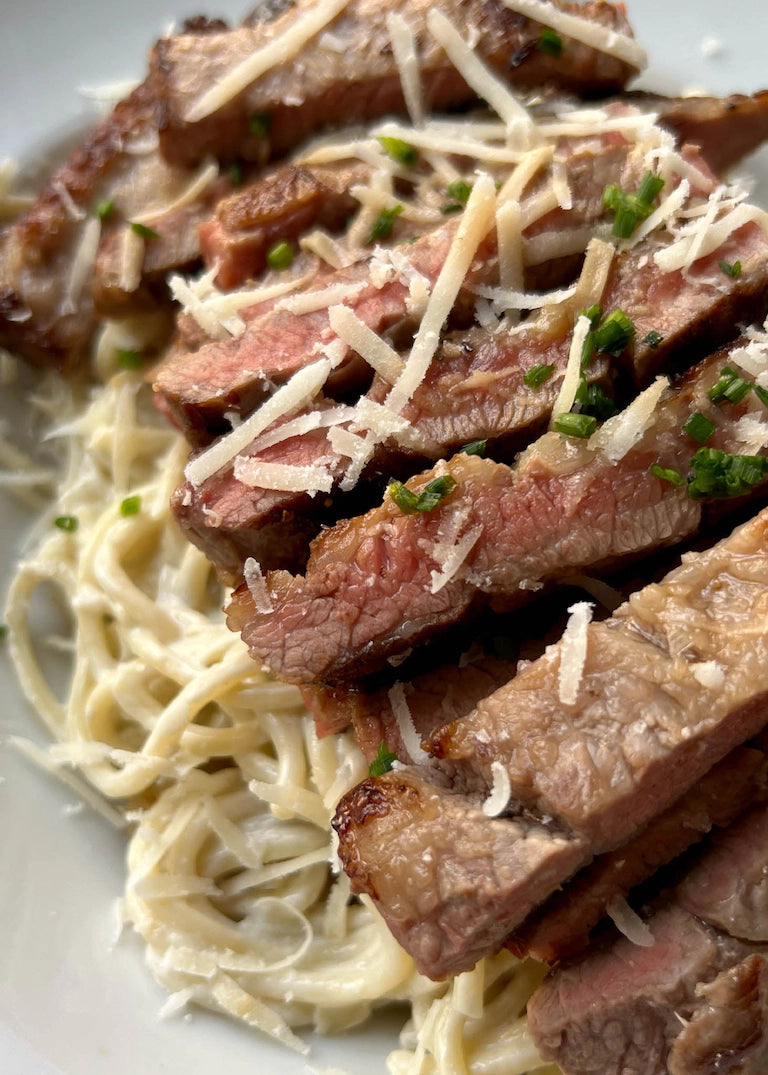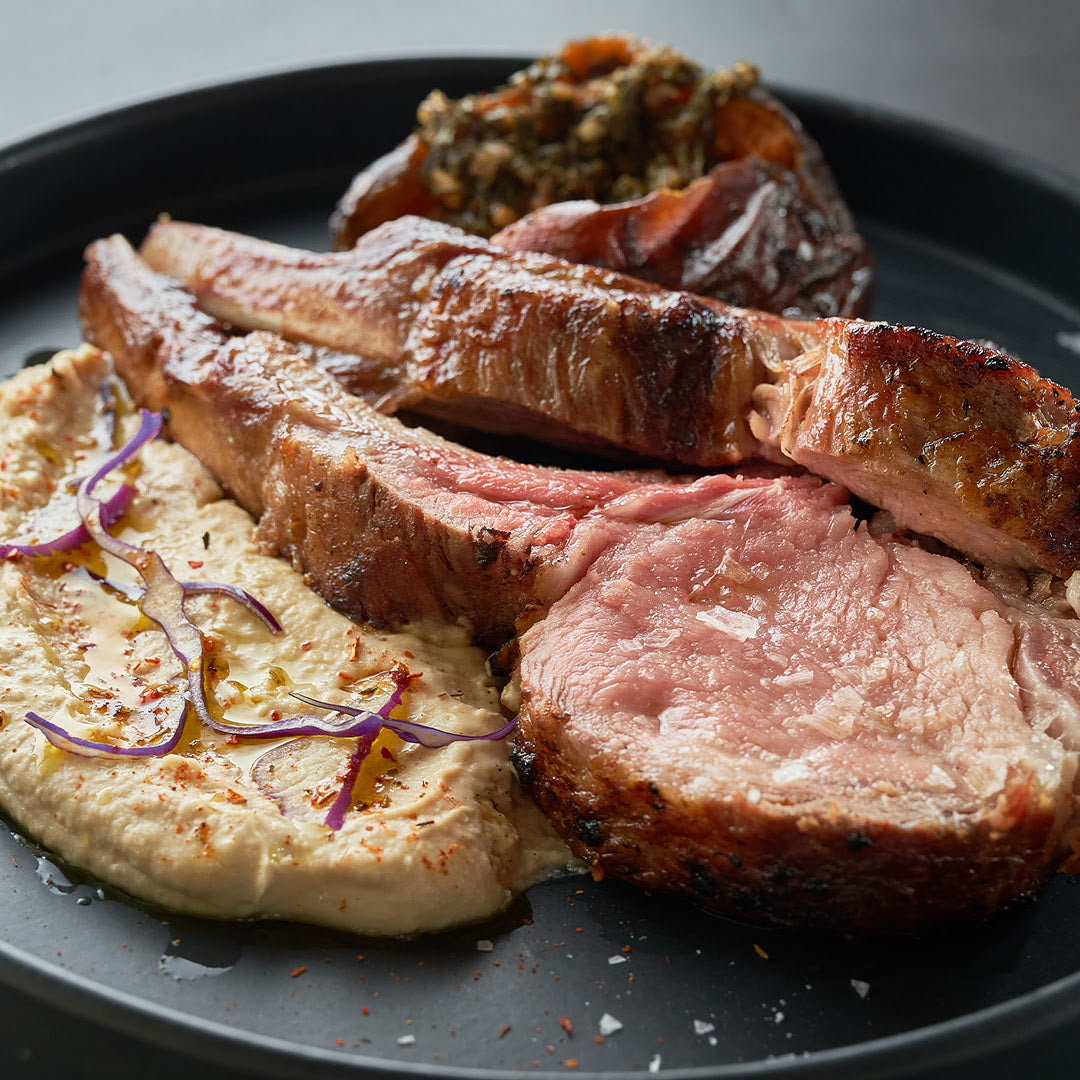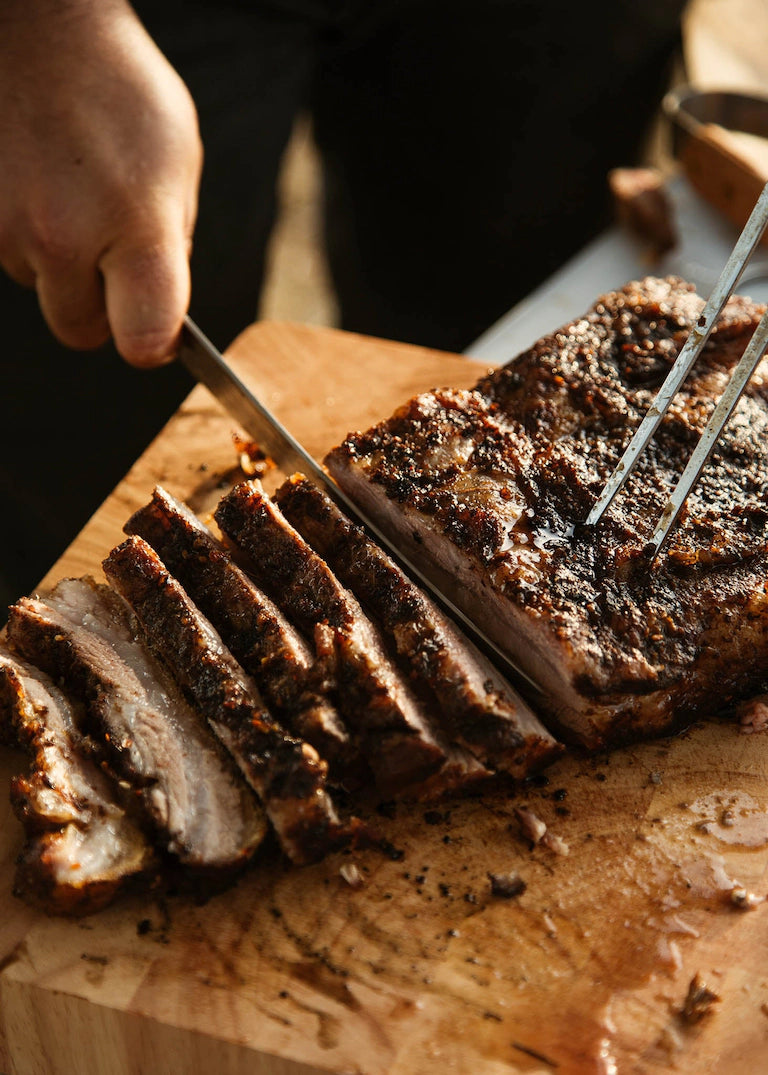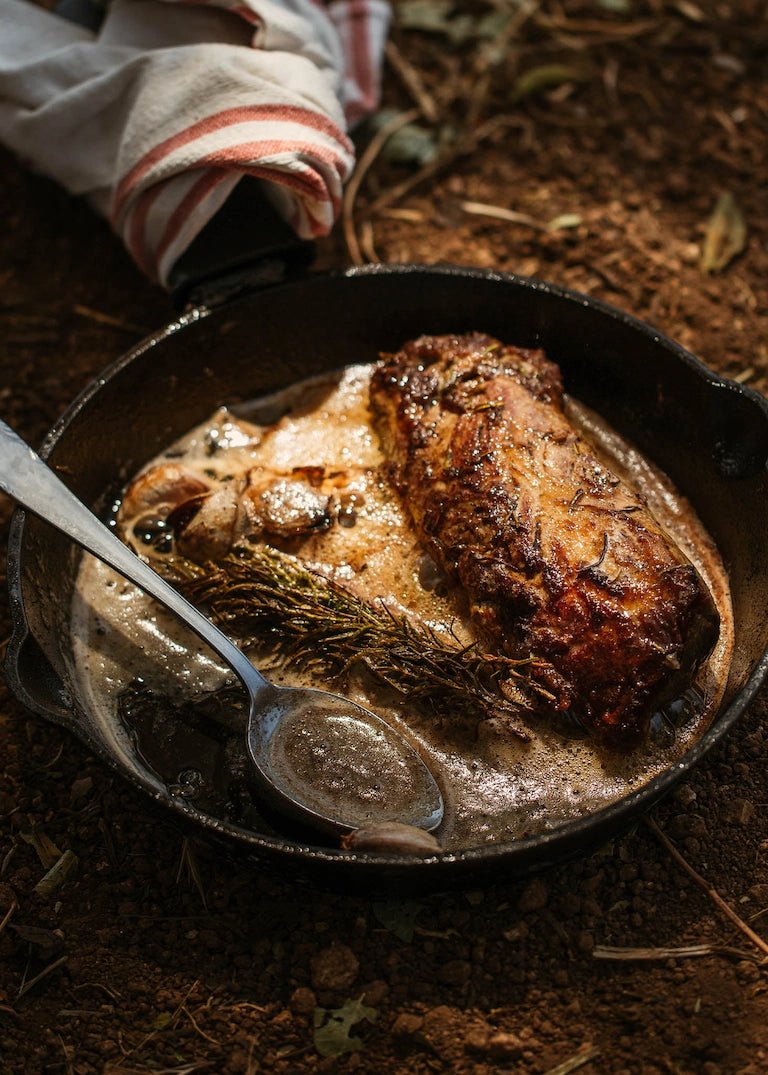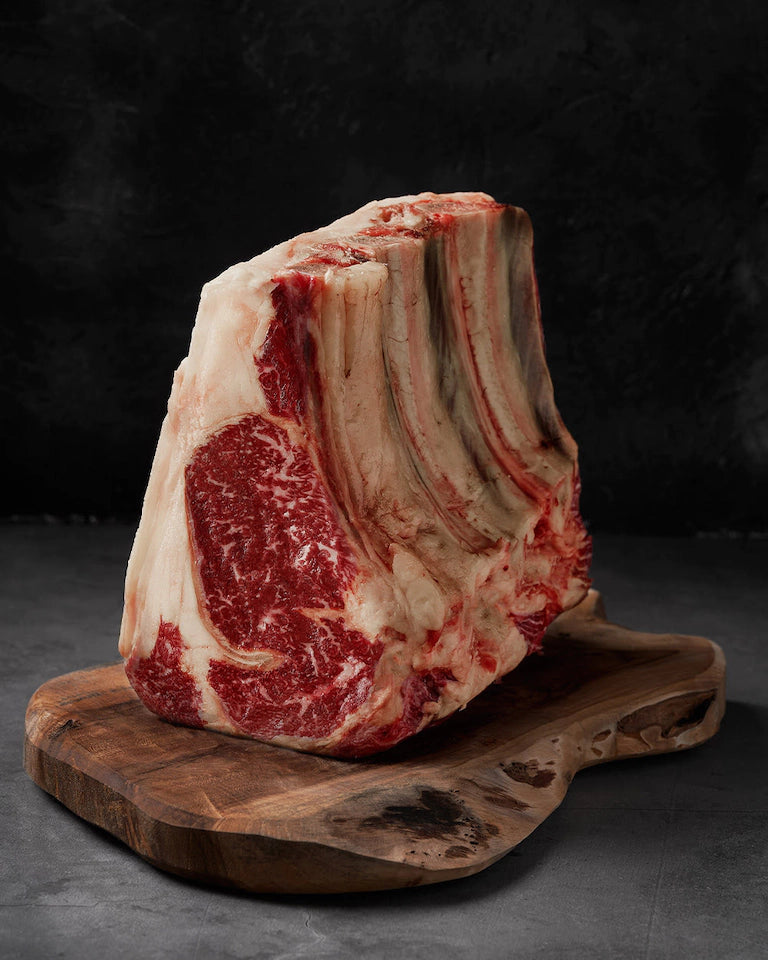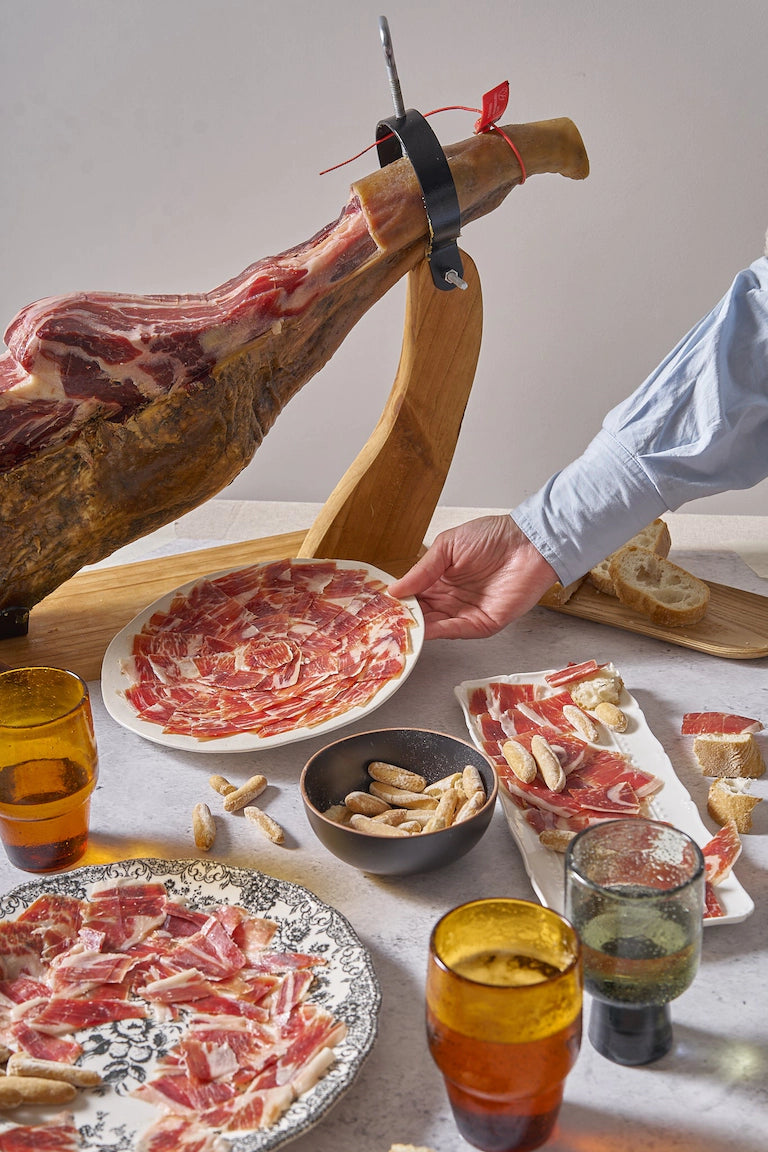
For those pork eaters out there, pork back ribs are a match made in heaven. It doesn’t matter how they’re cooked - grilled, smoked, or in a crockpot - pork ribs are delicious and extremely popular because of it.
It really isn’t hard to see why, either. They’re succulent, tender, and among the most satisfying of all cuts of meat.
While there’s a lot of contention between whether you should use beef or pork ribs, there’s not much difference between them in terms of the cooking process. They both need a long slow cook to reach peak flavor and texture.
What are Pork Back Ribs?
Pork back ribs are more commonly known as “baby back” ribs. This isn’t because they come from cuts of a piglet as is typically believed. They’re called “baby back” because the upper spinal area from where the meat is cut is much smaller than other cuts from the back.
There are other types of ribs as well. Spare ribs, short ribs, country ribs - and so many types of recipes and preparations. It’s not hard to find a recipe to make everyone at the dinner table happy.
In general, pork back ribs will be the highest quality choice, as they’re the leanest and most tender of the rib cuts.
How do you Cook Pork Back Ribs?
A well-prepared rack of ribs will easily make you the most popular cook at the next BBQ. When done well, they’re incredibly flavorful and juicy, and you get that “fall off the bone” tenderness.
The Prep
If you’re really committed to perfect ribs, you’re gonna be at this for a while. Cooking ribs can be an all-day job. Keep your recipe close by and follow it precisely. Know exactly what needs to be done and when.
To begin, you’ll need to prep the ribs for your chosen method of cooking.
Removing the Membrane
There’s not much you should be removing from ribs, but most definitely you should get rid of the thin membrane on the underside. It’s totally edible and safe to eat, however, it makes them a little tougher once they’re cooked and it can make it harder for your spice rub to absorb into the meat.
The easiest way is to get a carving knife and gently loosen the membrane from the meat. After it’s completely loose, just pull it off the bones.
It should come right off easily, but if it’s being a bit stubborn you can get a better grip with a paper towel.
The Rub
Adding a dry rub to your pork back ribs will give them an extra kick of zest and flavor. But you’ll need to budget enough time to let the flavor really infuse into the meat.
You can use a store-bought pork rub, or even make your own if you’re feeling ambitious and have enough time. There’s typically not a whole lot that goes into a pork rub: sugar, salt, and your choice of spice blend.
Recipes will usually call for rubbing the pork the night before cooking, as this gives it plenty of time to infuse. Don’t be afraid to use a little elbow grease to get your rub into all the little nooks and crannies of your pork back ribs. It really needs to be everywhere for best results.
How Long to Cook Pork Back Ribs
The length of time you’ll need to cook your ribs depends entirely on the cooking method you’re employing.
When using a slower method like the grill, smoker, or oven, you’ll need about 3-5 hours. Slower methods can be ready in as little as 30 minutes - however, keep in mind that the longer you cook your pork back ribs the more tender and succulent they’ll be.
How to Know Which Ribs to Buy
In truth, just about all types of pork rib can be used interchangeably in your recipes. They’re all cut from generally the same place, with generally the same texture and flavor.
It’s all about personal preference in the end.
Pork Back Ribs vs Beef Back Ribs
Surely you’ve heard the contention between rib fans: which is better, pork ribs or beef ribs?
There really isn’t much of a difference between them, and it all comes down to your personal preference.
Beef Ribs
Because the cow is much larger than the pig, beef back ribs will be quite a bit larger than pork back ribs. They’re fattier as well, so they can be a bit hard to work with if you’re going the smoking route.
You’ve got a lot of choices and variety here with beef cuts. Just like with pork, they’re taken from the upper section of the back - the meat that is left over after the ribeye is cut away.
Flavor
It’ll be obvious you’re having beef from the moment you take your first bite. The ribs are arguably the biggest flavors of the beef cuts.
As with pork, let the beef speak for itself. You don’t need a lot of spices.
Pork Ribs
Pork ribs are much smaller and leaner than beef ribs.
Depending on where the ribs are cut from, you can get a super lean or fatty and flavorful rack. The spare ribs - from around the sternum and belly - will be fattier and more flavorful.
Flavor
Pork ribs don’t have an intense flavor of their own, and do best when paired with a dry pork rub or some BBQ sauce. This mild flavor can be used to your advantage, giving you a wide variety of flavor profile options to consider when making your pork ribs.
Final Thoughts
Pork back ribs are a beloved cookout food and it’s easy to see why. They’re versatile, come at a reasonable price, and pack a flavorful punch depending on how they are prepared.
You really can’t go wrong with choosing pork back ribs.
